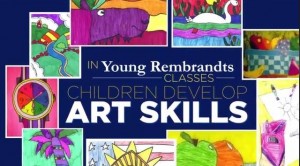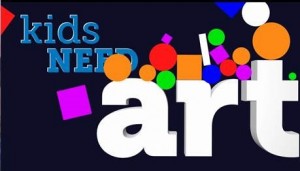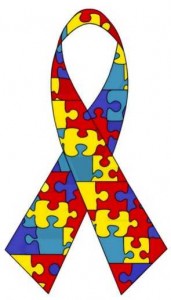Art Fuels the Brain
 Art has special significance to children because it is a visual, tactile medium that meets children in their learning need. Young Rembrandts uses art to develop learning skills that are essential to all young children.
Art has special significance to children because it is a visual, tactile medium that meets children in their learning need. Young Rembrandts uses art to develop learning skills that are essential to all young children.
 Art has special significance to children because it is a visual, tactile medium that meets children in their learning need. Young Rembrandts uses art to develop learning skills that are essential to all young children.
Art has special significance to children because it is a visual, tactile medium that meets children in their learning need. Young Rembrandts uses art to develop learning skills that are essential to all young children.




Your children will enjoy learning but even more importantly, they’ll gain confidence that leaves them wanting to do more art. And that’s all good because art and specifically drawing is so good for them, especially if they’re visual learners.
Now, our videos aren’t just for your kids. You can have fun drawing and boost your confidence too!

Click the title for more!
Living in Illinois, I know that spring break isn’t always warm and pleasant. With 4 children and 2 grandchildren, I have previously spent hours devising ways to keep the kids busy and out of trouble on days we are stuck inside. Today I want to share some of my best ideas for indoor staycation activities, letting your kids have fun and you have a break.
Build an Art Spot- Designating an ‘art spot’ for the kids is a wonderful way to encourage independence and get hours of quiet time (that don’t involve a screen)! This is key to a successful Staycation whether your home to play or not, kids can have fun in here doing art for hours on end. Make sure your spot is well supplied and that artists can utilize it without the need of adult supervision. If you’re short on real-estate, a low and easy-to-open drawer works well – load it with paper and compartmentalize the materials with supply bins. Want to really go all out with your space? Here are some amazing ideas to inspire you.
This is one of my all time favorite drawings. My son did it when he was in first grade and attended weekly Young Rembrandts classes. Like all parents, I am especially fond of anything and everything my own kids do, but this drawing represents so much more.
First – he drew a collection of cacti! Not sure that would ever have happened without being in a drawing class.
Then – look at all those details! Check out that line work, the colors, and the multitude of careful little lines for the ‘pokey things’ on the cactus. You can tell by looking at it, he really enjoyed the line work and all the careful coloring.
Testing time is here in many US schools. When my kids were young, there was much less emphasis on standardized testing and test results. Now schools devote much of February getting kids prepared for standardized testing that happens in March.
There is a rather critical matter at hand in education and I want to speak very directly about it. The arts are being eliminated from our schools and testing is on the rise. There is a prevailing notion that we need less of the arts in order to make more time for the subjects that are being tested and for the tests themselves.
This line of thinking actually results in lower test scores and disconnected, discouraged, under-achieving students. Why? Because the arts, the very thing schools want to eliminate, are essential to the majority of the student population; not because art is a fun way to relax or express oneself – but because the arts actually fuel the brain. The majority of the student population are visual-spatial learners that NEED the arts to think effectively.